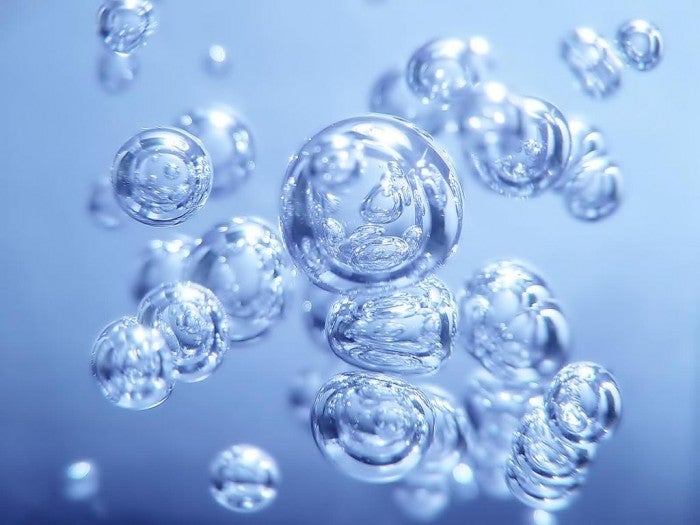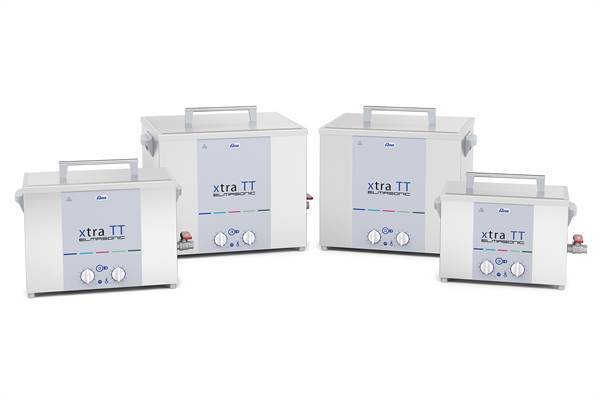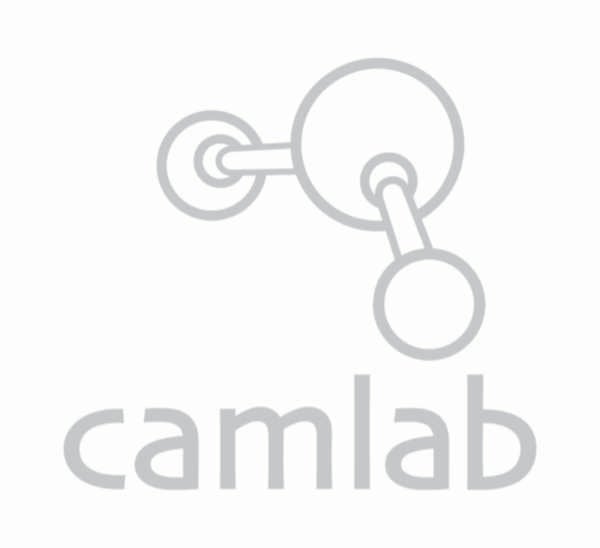Answer: Ultrasonic cleaning is used in a wide range of applications to effectively and efficiently remove contamination such as dirt, grease, and other residues from components and products. Elma Gmbh have created and developed a range of powerful ultrasonic cleaners, each with their own range of machine functions and accessories designed for use in various applications from parts cleaning to emulsification of biological samples. They strive to continuously improve their technology and maintain a high level of quality throughout their ultrasonic cleaners.
Ultrasonic cleaners work by using high-frequency pressure (sound waves) to agitate a liquid (either water or solvent) and create cavitation bubbles. These forceful bubbles hit the contaminants that have adhered to surfaces and knock them off, thoroughly cleaning the item submerged. In most cases this will clean contaminants far faster and safer than manual cleaning techniques. This method has been used in industry for a long time to clean small objects, everything from jewellery to car fuel injectors to surgical instruments.


So, should I be using heat in my ultrasonic cleaner?
This depends on your application. Some residues, such as blood and tissue on surgical instruments, harden when the temperature increases and this can make it even harder to clean off. Using an ultrasonic cleaner, it is recommended blood is removed from instruments at temperatures below 40⁰C. Some electrical components, such as circuit boards can warp when subjected to high temperatures and therefore require a low temperature to prevent damage to delicate components.
Heat is created as a natural by-product of ultrasonic cleaning – when the cavitation bubbles implode they create shock waves creating enormously high temperatures. As these bubbles are microscopic in size the heat dissipates rapidly, but during long cycles, the temperature of the cleaning solution will rise – this can be up to 60⁰C if the cleaner is left to run continuously. This is something that needs to be taken into account if heat is going to negatively affect your ultrasonic cleaning cycle.


Elmasonic Xtra TT ultrasonic baths
Heated ultrasonic baths are recommended for a wide range of applications such as removing grease, grime etc. Often in production environments, workshops and servicing. Heat helps to make the cleaning solution more effective; making the solution less viscous which aids the formation of cavitation bubbles. Each cleaning solution will have it’s own recommended cleaning temperature, for example, the Elma Tec Clean A4 Universal Cleaner is recommended for use between 50-80°C. Heat also helps to remove trapped air bubbles which enables more thorough cleaning taking place.
Turn up the heat too much, and you may find your cleaning process less efficient – cavitation activity will decrease as the temperature increases, so a balance must be made between these two factors. Both set temperature on your device and the heat automatically generated by cavitation must be taken into account.
To conclude, heat is not always the best way to go for efficient cleaning, the use of heat should be determined by the items being cleaned, and often indicated by the recommended ultrasonic cleaning solutions for use in your application. It can be complicated – so if you are unsure please get in touch with one of our tech support team on 01954 233120 or email us support@camlab.co.uk for more information.



























